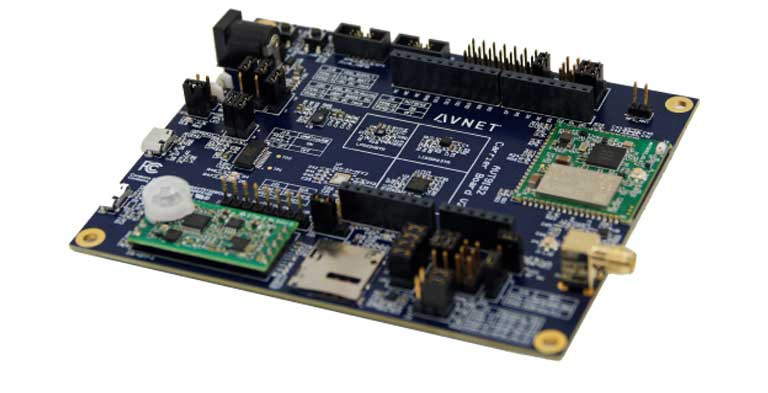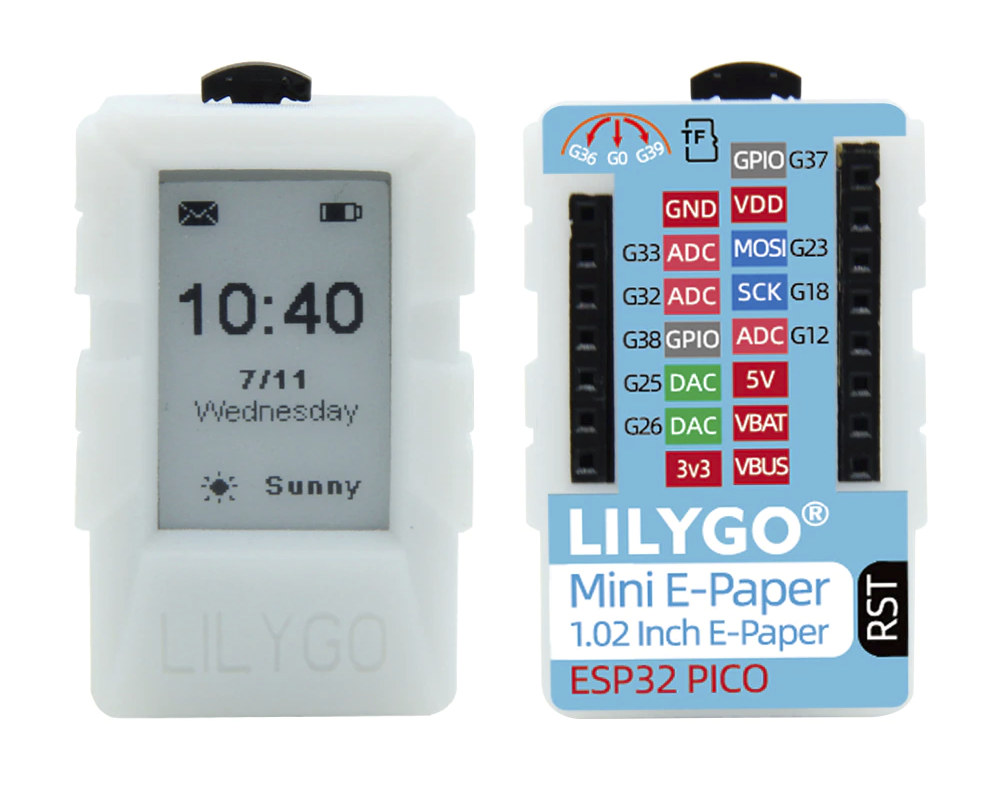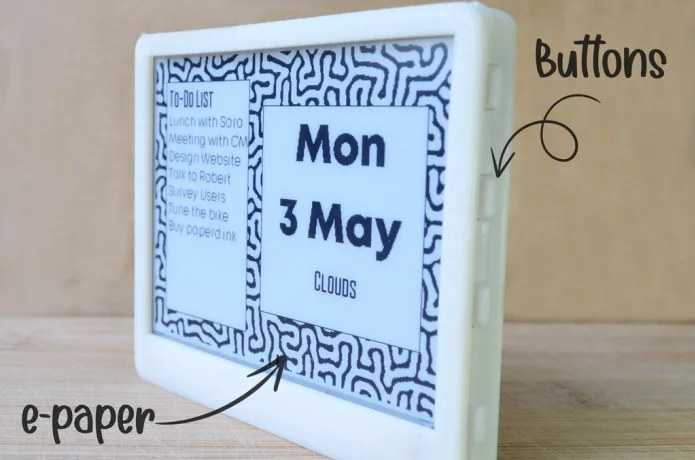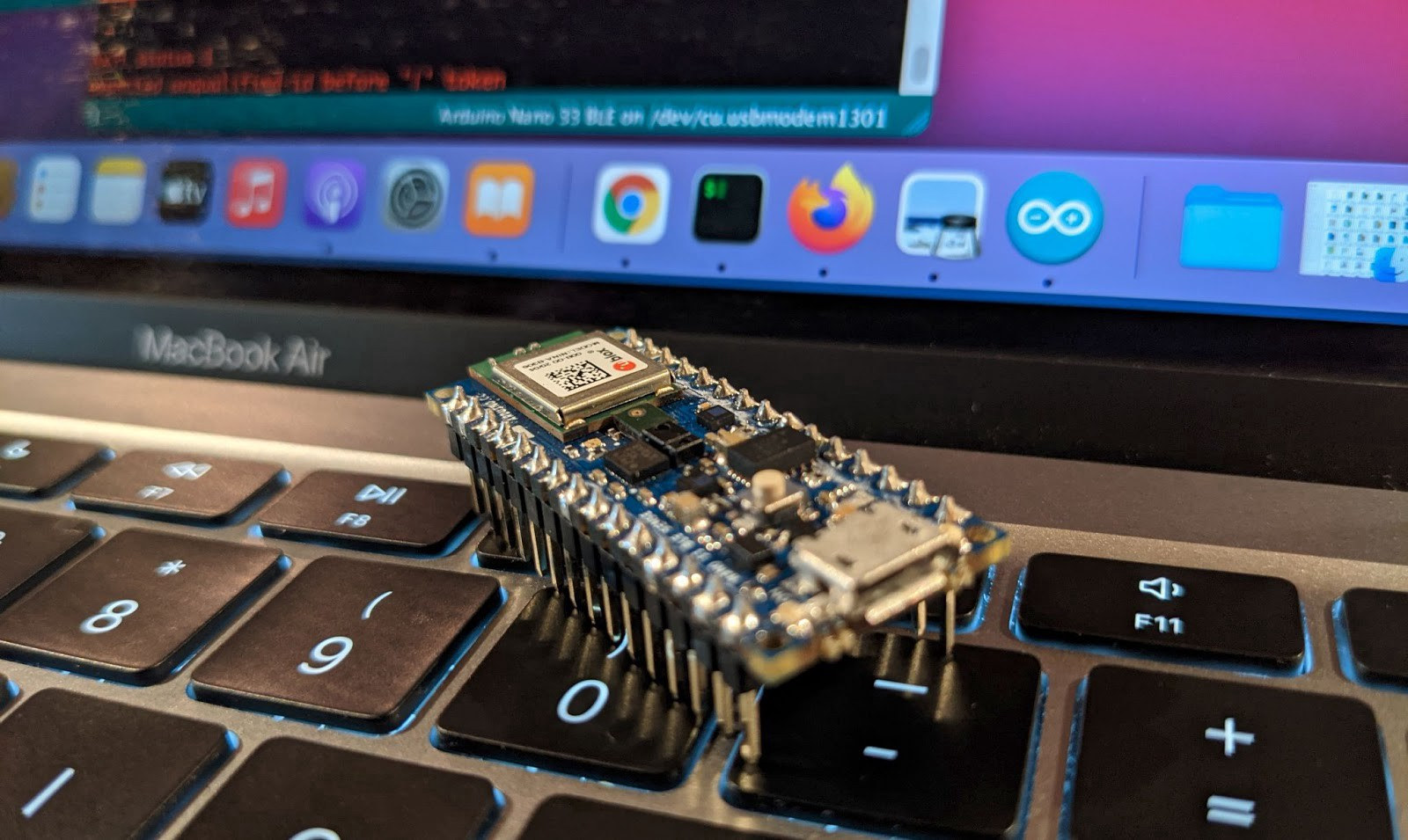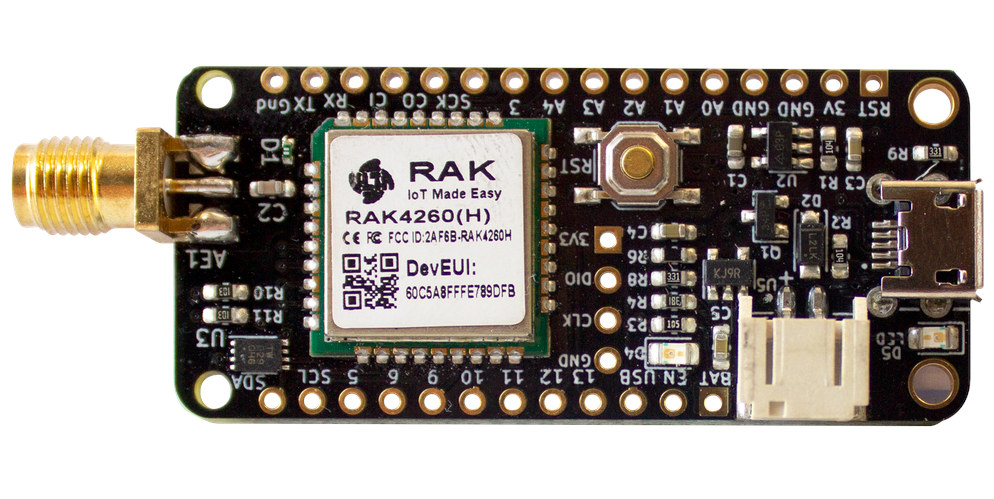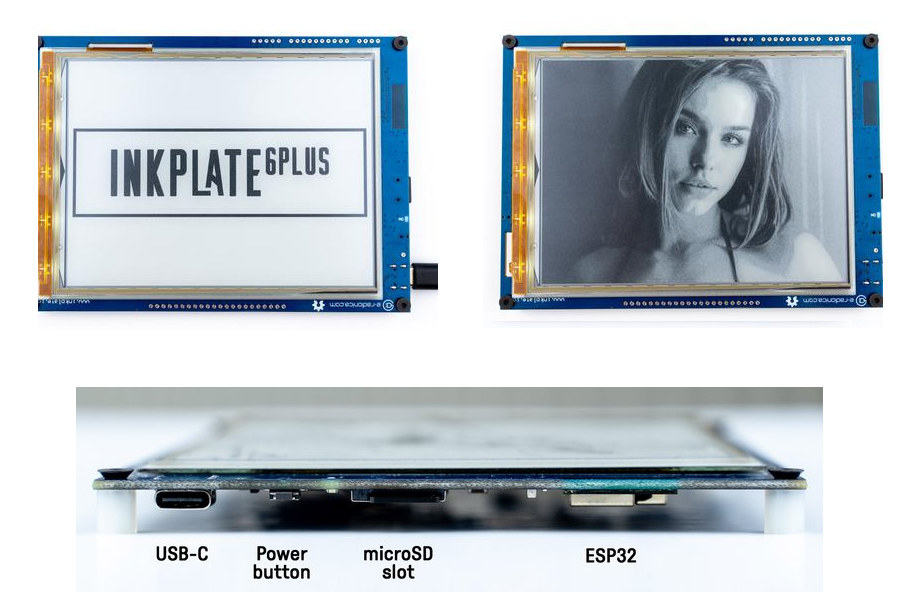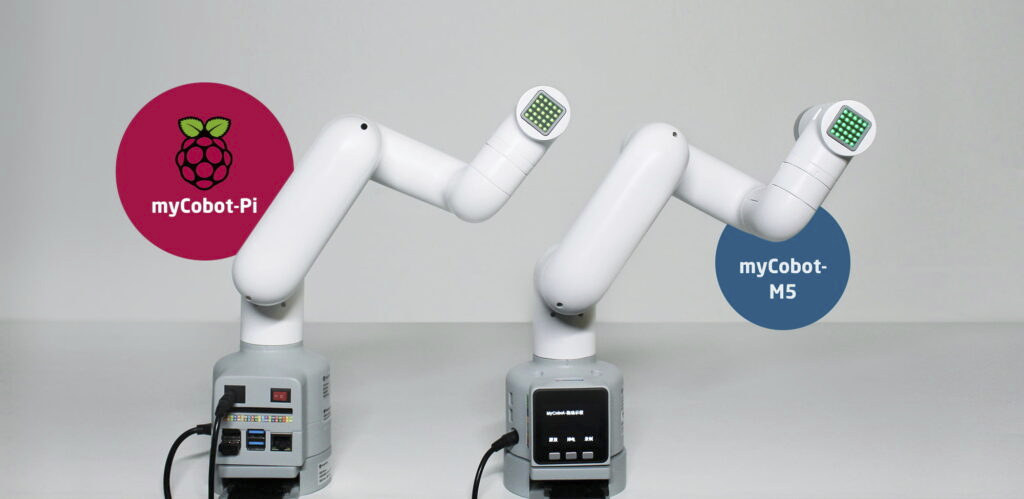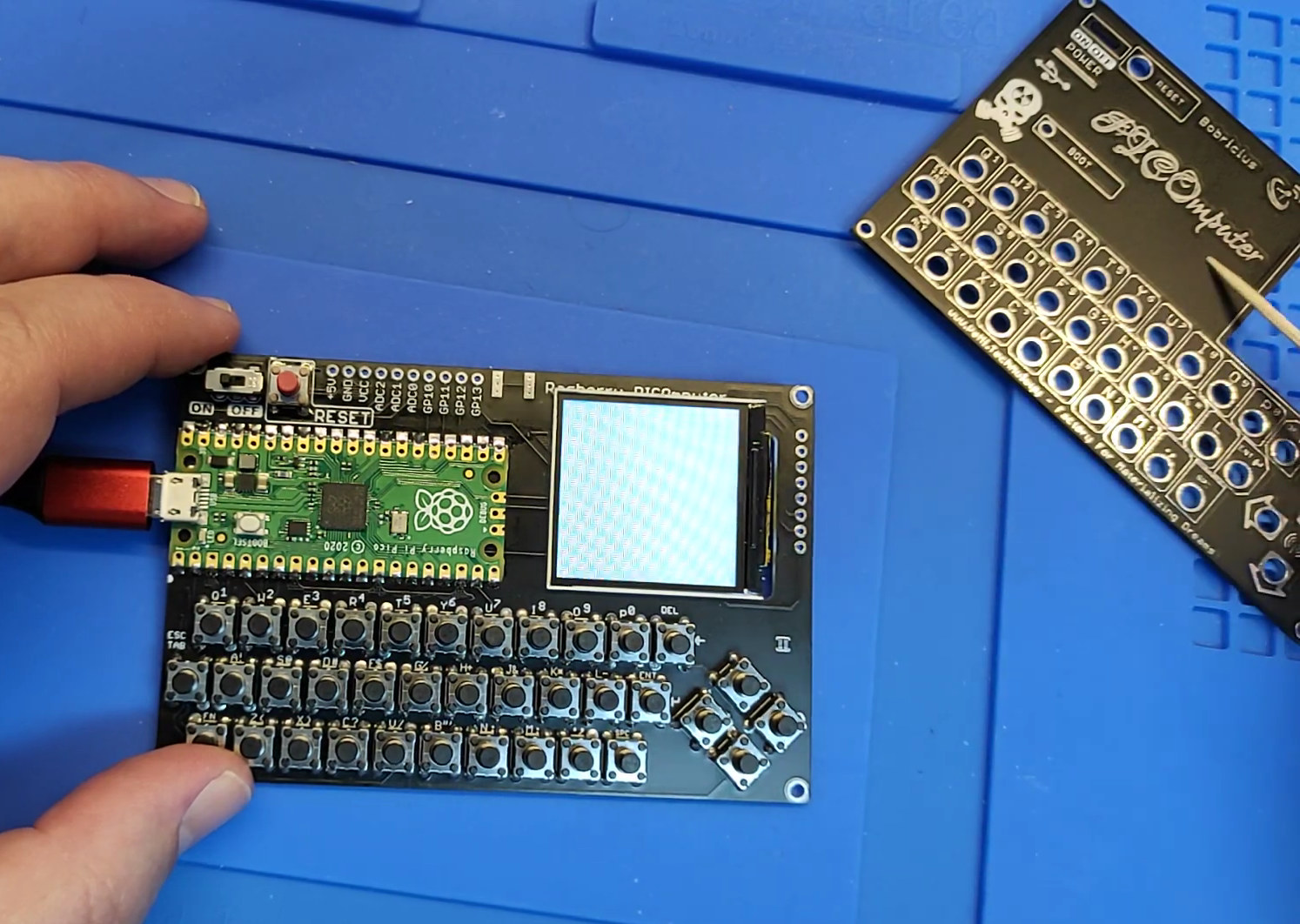Avnet AVT9152 is an IoT module and development kit that combines two Nordic Semi wireless solutions, namely nRF52840 Bluetooth 5.2/LE multiprotocol SoC and nRF91 IoT cellular system-on-module with NB-IoT, LTE-M, and GPS connectivity. The module supports Avnet’s enterprise-ready IoTConnect Platform, and the development kit combines with IoT module with a 3-axis accelerometer, a 3-axis gyroscope, as well as pressure, temperature, relative humidity, ambient light, and motion (PIR) sensors to help with the development of IoT applications such as tracking devices, vending machines, points-of-sale, smart buildings, industrial IoT, and more. Avnet AVT9152 module – nRF52840 + nRF91 Key features and specifications: Wireless SoC/SiP Nordic Semi nRF9160 Cortex-M33 based system-in-package (SiP) with LTE-M/NB-IoT global carrier certification for LPWAN connectivity; support for power save mode, PSM and eDRX Nordic Semi nRF52840 Cortex-M4F microcontroller with Bluetooth 5.0 and Bluetooth LE for short-range communication Flexible LTE and GPS antenna options 50x castellated holes with UART, […]
LILYGO Mini E-Paper Core combines ESP32 with 1.02-inch ePaper Display in 3D printed enclosure
LILYGO Mini E-Paper Core is another ESP32-based e-Paper display by LILYGO, but it’s a really tiny 1.02-inch e-Paper display housed in a 3D printed enclosure that reminds me of M5Stack Core with a 2-inch TFT LCD. The tiny low-power display also offers a MicroSD card socket, a reset button, a three-way user button, as well as headers for GPIOs, ADC, DAC, SPI, and more. LILYGO Mini E-Paper Core specifications: Wireless SiP – ESP32-PICO-D4 system-in-package with ESP32 dual-core processor, 4MB Flash, 2.4 GHz WIFi 4 & Bluetooth connectivity Storage – MicroSD card socket Display – 1.02-inch e-paper display with 128×80 resolution USB – 1x USB Type-C for power and programming Expansion 7-pin 2.54mm pitch header with 5x GPIO, 2x ADC, 2x DAC, 3.3V, and GND 8- pin 2.54mm pitch header with 4x GPIO, SPI, 1x ADC, 5V, VBUS, VBat, and GND Misc – Three-way toggle button connected to G36, G0, […]
paperd.ink 4.2-inch ESP32-based e-Paper display ships with a 3D printed enclosure (Crowdfunding)
We’ve covered a fair amount of connected e-Paper/e-Ink displays based on ESP32 WiFi & Bluetooth SOC including several Inkplate displays, with the latest Inkplate 6Plus model including a touchscreen, TTGO T5 displays with small sizes, or even the fully enclosed M5Paper ESP32 IoT development kit with a 4.7-inch touchscreen e-Paper display. There’s also Watchy ESP32 smartwatch with a 1.54-inch display if you really need something small. But here’s another option courtesy of Rohit & Prasad, two young engineers from India, with the paperd.ink 4.2-inch ESP32-powered e-Paper display that ships with an optional 3D printed enclosure. paperd.ink display specifications: Wireless module – ESP32-WROOM-32 module with ESP32 dual-core processor, 4 MB SPI flash, 2.4 GHz WiFi 4 & Bluetooth LE connectivity Storage – MicroSD card slot for storing images, files, etc Display – 4.2″ monochrome e-Paper display with 400 x 300 resolution; 3s for full refresh; partial refresh supported USB – 1x […]
Picovoice offline Voice AI engine now works on Arduino
Last year, I wrote about Picovoice support for Raspberry Pi enabling custom wake-word and offline voice recognition to control the board with voice commands without relying on the cloud. They used ReSpeaker 4-mic array HAT to add four “ears” to the Raspberry Pi SBC. I also tried to generate a custom wake-word using the “Picovoice Console” web interface, and I was able to use “Dear Master” within a few minutes on my computer. No need to provide thousands of samples, or wait weeks before getting a custom wake-word. It’s free for personal projects. But the company has now added Picovoice to Arduino, or more exactly Arduino Nano 33 BLE Sense powered by a Nordic Semi nRF52480 Arm Cortex-M4F microcontroller, and already equipped with a digital microphone, so no additional hardware is required for audio capture. To get started, you’d just need to install the Picovoice Arduino library, load the sample […]
BastWAN Feather-compatible LoRaWAN board features RAK4260 Microchip R34 module
We’ve previously written about a Feather-compatible LoRaWAN board equipped with RAK4260 module based on Microchip R34 LoRa SIP called Penguino Feather. It appears somebody, namely Electronic Cats based in Mexico, decided to design an almost identical board with BastWAN. Let’s see if there are any differences besides the cheaper price. BastWAN specifications: LoRa module – Rak wireless RAK4260 module with: SiP – Microchip SAML21 Arm Cortex M0+ MCU @ 48 MHz, 32 KB RAM, 256 KB Flash, Semtech SX1276 LoRa Connectivity Frequency Range – 862 to 1020 MHz High level of accuracy and stability (32MHz TXCO) Max Tx Power: 20dBm; Max Sensitivity: -148dBm; Rx Current: 17mA (typical) Compliant with LoRaWan 1.0.2 Antenna – SMA and u.FL (IPEX) antenna connector I/Os – Feather headers with 20x IO pins including PWN, serial, I2C, SPI, 6x 12-bit ADC, 1x 10-bit DAC HW security – ATECC608A crypto authentication chip Programming and debugging 10-pin 4-pin […]
Inkplate 6PLUS ESP32 ePaper display gets higher resolution, a touchscreen, a frontlight (Crowdfunding)
Inkplate 6PLUS is an updated version of Inkplate 6 ESP32 powered 6-inch ePaper display that was introduced in 2019, wand comes with a higher 1024 x 758 resolution, and the addition of a touchscreen and a frontlight. Just like the original product, Inkplate 6PLUS makes use of recycled e-paper displays without thousands of screens currently in stock. Refresh performance per pixel is faster and similar to Inkplate 10, which leads to a complete screen refresh being about as fast as on the original Inkplate 6 despite the higher resolution. Inkplate 6PLUS specifications: Wireless module – ESP32 WROVER module with dual-core ESP32 processor with Wi-Fi 4 & Bluetooth 4.0 (BLE) connectivity, 8MB PSRAM, 4MB flash External storage – MicroSD card socket Display – 6-inch, 1024 x 758 e-paper display with support for grayscale, partial updates, and quick refresh cycles 1.27 second refresh time in black & white mode 1.52 second refresh […]
MyCobot robotic arm is offered with Raspberry Pi 4 or M5Stack ESP32 modules
Elephant Robotics’ MyCobot robotic arm was introduced last year with M5Stack Atom & Basic ESP32 modules with 6-degrees of freedom, a 250 grams max payload, available now for $599. The company has launched a new $699 version – MyCobot-Pi – with most of the same features, except for an upgrade to Raspberry Pi 4B which offers more performance and flexibility. Both versions of MyCobot arm robotic arm support accessories such as a gripper and a suction pump attachable through a LEGO connector, but while the original version – MyCobot-M5 – relies on Arduino programming, the new MyCobot-Pi runs Debian/Ubuntu and ROS operating systems with image recognition algorithms that can work with a variety of cameras. Since we’ve missed last year’s announcement, we’ll cover both models in this article. MyCobot Robotic Arm Despite the mechanical parts being the same, the specifications for MyCobot-M5 and MyCobot-Pi differ quite a lot: Controller MyCobot-M5 […]
PICOmputer connects Raspberry Pi Pico to QWERTY keyboard, display, and optional LoRa module
Peter Misenko (aka Bobricius) has found an interesting use case for the Raspberry Pi Pico board with its PICOmputer, a compact terminal with a QWERTY keyboard, a small IPS display, and even footprint for an RFM95 LoRa module that would allow messaging/texting over LoRaWAN. Note the open-source hardware project is only offered as a kit with either the main board only, or the main board plus a gold or silver front panel, all without components, but fully assembled units are out of stock at this time. So read on, if you’re ready for some soldering and even some rework of the PCB, more on that latter. PICOmputer key features and specifications: Compatible with Raspberry Pi Pico board Storage – MicroSD card slot Display – Three types supported: 1.3-inch ST7789 IPS 240×240 display via 12-pin flex cable 1.54-inch ST7789 IPS 240×240 display via 12-pin flex cable ST7789 IPS 240×240 display via […]


